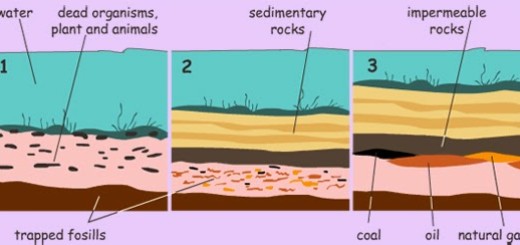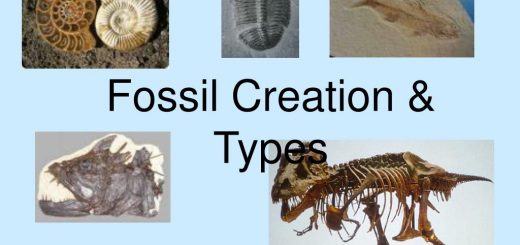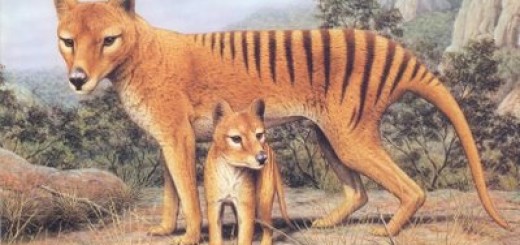Natural protectorates, Reasons of extinction, Extinct and endangered species
Scientists attempt to establish a gene bank for some types of living organisms to protect the rare and endangered living organisms. Some governments are interested in establishing natural protectorate areas to protect endangered living organisms in their homeland. It is important to reproduce the endangered species and send them back to their native habitats to protect the rare and endangered living organisms.
Extinction
Living organisms are always in the case of equilibrium. The number of a certain kind of organism does not exceed the number of another species. The continuous decrease in the number of other species without compensation for this decrease in number causes the death of all individuals of this species which is known as extinction.
Extinction is the continuous decrease without compensation in the number of a certain species of living organisms until all members of species die out, or it is dying out of all members of species of living organisms.
Using the fossil record to indicate extinction
The fossil record includes the sequence of living organisms fossils that are left in the sedimentary rocks from millions of years ago. The fossil record indicates the types of living organisms that lived on Earth in different ages, and the types of extinct living organisms that lived on Earth in old ages like Dinosaurs, Archaeopteryx, and many types of fish.
Reasons for extinction
Reasons for extinction in old ages [macro extinctions]
Many scientists attributed macro extinction of some living organisms (like the extinction of dinosaurs) may be due to the occurrence of:
- Meteorite impacts with Earth.
- The violent Earth movements.
- The onset of the long glacial age.
- Emission of poisonous gases from active volcanoes.
Reasons for extinction in recent ages
Recent extinction occurred now is caused by different factors. Most of them are due to the interference of man with nature such as:
- Destroying natural habitat (cutting trees of forests).
- Overhunting.
- Environmental pollution (Death of marine bird due to oil pollution).
- Climate changes resulted from the industrial activities of man and natural disasters (Drought).
From disasters that are related to climate changes are Drought, Tornadoes, Forests fires, Torrents, Volcanoes, High marine tide (Tsunami waves).
The extinct species
Examples of some extinct species in the old times: Hundred millions of organisms extinct in the old times. The most famous of them is Dinosaur and Mammoth. Dinosaur became extinct 66 million years ago. Mammoth is called the grandfather of the recent elephant.
Examples of some extinct species in recent times: The dodo bird is a non-flying bird, due to the reduced size of its wings so, it is an easy target for hunters. Quagga is a mammal animal, It is considered the midway between horse and zebra.
The endangered species
Examples of some endangered species: There are about 5000 endangered species like Panda bear, Rhinoceros, Ibis bird, Barbary sheep (Arui), The bald eagle is called bald because its head is covered with white feathers which makes it looks bald, and Papyrus plant is used by pharaohs to manufacture writing papers. Ibis bird, barbary sheep, and papyrus plant are considered from Egyptian environmental organisms.
Effect of extinction on the ecological equilibrium
At any ecosystem, the energy transfers through a path which is known as the food chain. The food chain is a path of energy that transfers from a living organism to another in the ecosystem. Each living organism has a role in transferring energy throughout the food chain as energy transfers from producers to consumers.
Groups of food chains are connected forming a food web. The Food web is a group of food chains connected with each other. The system remains balanced unless one of its members is absent, When an organism disappears its role stops affecting the rest of the members of the food chain or the food web.
A Terrestrial food chain: Green plant → Locusts → Frogs → Snakes → Owls
In the absence of frogs, Snakes die due to starvation, and the number of locusts will increase and destroy the green plants. In the absence of snakes, Owls die due to starvation, so the number of frogs will increase and pounce on the locusts. In the two cases, there is a disturbance in the ecosystem.
Extinction of species or a group of species from a balanced ecosystem causes a cavity (cut link) in the path of energy in this ecosystem that would disturb the ecosystem equilibrium or destroy it.
The ecosystem is classified according to the degree of the effect of extinction on it into:
- Simple ecosystem is an ecosystem that has a few members and it is strongly affected by the absence of one of its species, It is characterized by containing a few numbers of members of living organisms (few members), It is strongly affected by the absence of one of its species, because of the rarity of the alternative that compensates this absence, Examples: Desert.
- Complicated ecosystem is an ecosystem that has multiple members and it is not affected much by the absence of one of its species, It is characterized by containing a large number of members of living organisms (multiple members). It is not affected much by the absence of one of its species because it has many alternatives, Examples: Tropical forest.
Ways to protect living organisms from extinction
The scientists needed to think of ways of protecting species endangered by extinction to keep the ecological balance so the ecological systems from destruction.
Ways to protect rare and endangered living organisms:
- Breeding and reproducing the endangered species and sending them back to their native habitats.
- Establishing gene banks for the endangered species.
- Establishing natural protectorates areas.
- Putting laws that regulate the process of hunting of living organisms especially the rare types.
- Increasing awareness about the importance of natural life to sustain the existence of mankind.
Importance of natural protectorates
Natural protectorates are safe areas established to protect endangered species in their homeland. Natural protectorates provide the endangered species with suitable conditions for growth and reproduction away from their natural enemies, Examples: Yellowstone protectorate in the USA, and it protects the grey bear, Panda protectorate in Northeastern China and it protects the panda bear. Yellowstone is an important natural protectorate because it protects the grey bear from the danger of extinction.
Egypt’s important protectorates
- Ras Mohamed protectorate is the first established protectorate in Egypt in 1983. It is in the South Sinai governorate. It contains Rare species of coral reefs and coloured fish.
- Wadi El-Hetan (part of Wadi El-Raiyan protectorate). El-Fayoum governorate protects complete whales’ skeletons fossils (40 million years ago).
Wadi El-Hetan (part of Wadi El-Raiyan protectorate in El-Fayoum) is considered the most important area in this protectorate because it contains complete whales’ fossils from 40 million years ago. Ras Mohamed protectorate (shaped as a chin).
The number of natural protectorates that had been established according to the law (number 102 the year 1983) is about 30 natural protectorates till 2012 which are found on about 15% of the total area of Egypt.
Fossils types, mold, cast, petrified wood & Fossil of a complete body
The ways to protect the living organisms from the extinction
The extinct species in recent times and the causes of the extinction
The extinction and using the fossils to indicate the extinction













